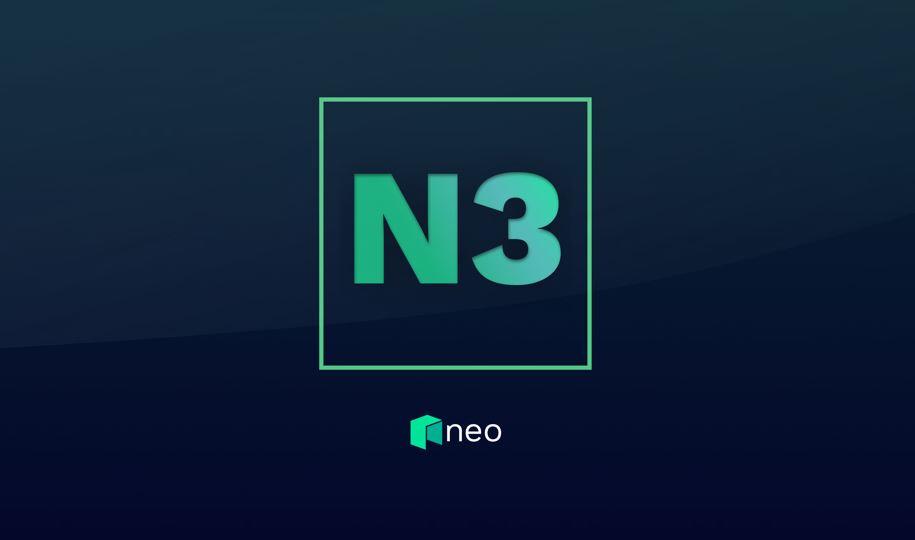Neo was among the first public blockchains launched in China, and it has grown to be one of the top smart contract platforms. The platform leverages a dual-currency fee system. NEO tokens are the native cryptocurrency used to secure the network and validate transactions, but you’ll need to swap NEO to GAS to pay transaction fees and deploy smart contracts. This system allows Neo to theoretically handle 10,000 transactions per second, making it one of the fastest blockchains on the market.
Now, Neo is launching its newest generation, N3. Let’s take a look at this upgrade and decide if it’s worth investing in.
Neo N3 — What Will Change?
Neo N3 is more than just a few upgrades. It’s a major overhaul to the entire Neo system. It will deliver new features — native decentralized storage and Oracles (explained below) are some of them. N3 also introduces new economic and governance models that aim to make the functioning of the network more efficient and incentivize behavior that improves the network as a whole.
Neo N3 is an entirely new version of the Neo protocol. Consequently, some new features are not backward compatible, so N3 will not just be a hard fork but create a new genesis block on a new blockchain. Then, there will be an extended period (at least one year) where the legacy and N3 blockchains run side-by-side. During this time, users can migrate their tokens.
Token Migration
For the migration to the new N3 blockchain to be successful, the vast majority of users need to migrate their tokens in the migration period. This is why there are incentives in place to migrate NEO and GAS tokens.
Incentives for Migration
“Early bird” migration began on August 9th, 2022, and ended on September 1st, 2022. This period offered extra bonuses, such as extra GAS tokens for voting as a NEO Council member on N3 during this period.
From September 1st to October 31st is the “Mass Migration” phase. This is when most Neo users are expected to migrate their tokens to the new blockchain. Tokens can be swapped one-for-one to the new N3 tokens but cannot be swapped back to the legacy blockchain.
Incentives during the mass migration phase include:
- 1% token bonus from September 1st – 15th (1 bonus token for every 100 migrated)
- 0.75% token bonus from September 15th – October 1st
- 0.5% token bonus from October 1st – 31st
How to Migrate My Tokens?
You’ll need to create a new N3 migration address and send your tokens to a migration smart contract. With the native wallet, you can do this without leaving the wallet. Most major exchanges will handle the technical requirements for users.
Native Contracts
One of the core innovations of N3 is moving NEO and GAS to “Native Contracts.” These can be run faster than the old virtual machine contracts system. These can also be updated more easily, allowing a more efficient process for developers.
Oracle Services
Oracles are a mechanism for Neo smart contracts to access data external to the Neo network. These nodes are designated by communities and offer a fair and efficient way for Neo smart contracts to interact with the greater web.
NeoFS
NeoFS introduces native decentralized data storage to Neo. Previously, decentralized storage had been provided by third-party storage providers. Now, users have complete control over their data with native storage support.
Summing It Up
Neo N3 is the largest upgrade to the Neo blockchain ever. It changes the architecture of the blockchain, introduces major new features, and sets Neo up to thrive in the competitive Web 3.0 landscape. If the upgrade and migration are successful, then NEO and GAS tokens will surely rise in value and utility. Both of these tokens can be obtained anonymously through exchanges such as Godex.

